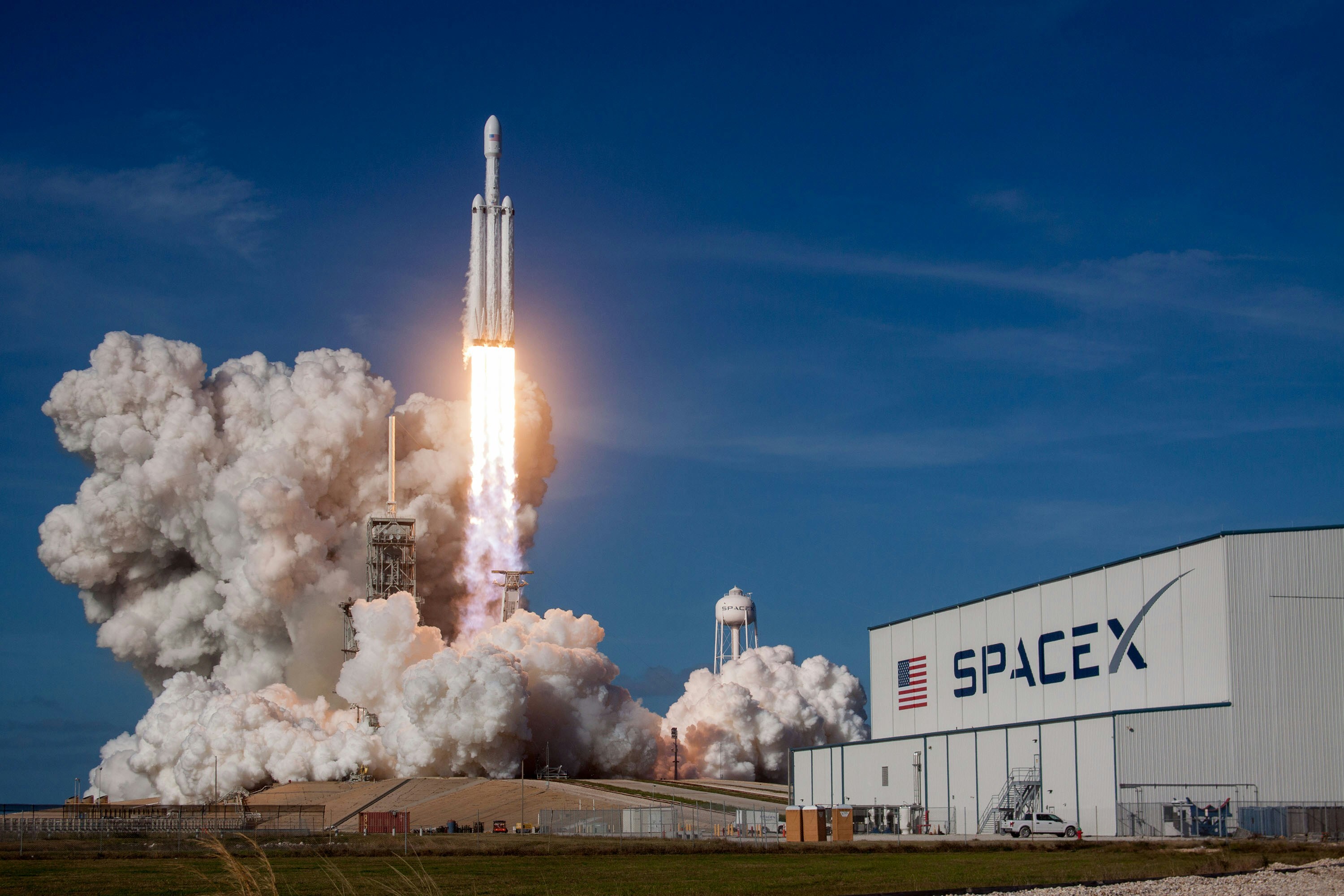Laboratory Testing and Chemical Use in the Aerospace Industry
The aerospace industry is one of the most technologically advanced sectors, requiring high-performance materials, stringent safety protocols, and precise testing to ensure quality and reliability. Laboratory testing plays a crucial role in maintaining performance standards across aerospace components — from aircraft metals to composite materials and fuels. These tests often involve specialized chemicals and reagents that support everything from material analysis to environmental testing.
In this article, we’ll explore the most important laboratory testing methods used in aerospace and the types of chemicals required for each process.
Key Laboratory Tests in the Aerospace Industry
1. Material Composition and Metallurgical Testing
Aerospace-grade materials like titanium alloys, aluminum, and carbon composites must be tested for strength, corrosion resistance, and chemical stability. Labs use analytical chemistry techniques to confirm material purity and structural integrity.
Common Testing Methods:
-
X-ray fluorescence (XRF)
-
Optical Emission Spectroscopy (OES)
-
Inductively Coupled Plasma (ICP) analysis
-
Scanning Electron Microscopy (SEM)
Chemicals Used:
-
Nitric acid (HNO₃)
-
Hydrochloric acid (HCl)
-
Sulfuric acid (H₂SO₄)
-
Aqua regia (for digesting metals)
-
Ethanol or acetone (for cleaning samples)
2. Non-Destructive Testing (NDT)
To ensure aircraft safety, parts must be tested without being damaged. NDT techniques rely on special dyes, penetrants, and developing agents to identify cracks or defects.
Common NDT Methods:
-
Dye penetrant inspection (DPI)
-
Ultrasonic testing
-
Magnetic particle inspection (MPI)
-
Radiographic (X-ray) inspection
Chemicals Used:
-
Fluorescent penetrants and developers
-
Isopropyl alcohol (for cleaning surfaces)
-
Emulsifiers and solvents
-
Etching solutions (nitric acid, ammonium bifluoride)
3. Fuel and Lubricant Testing
Jet fuels, oils, and hydraulic fluids must meet specific performance criteria in temperature extremes and high-pressure environments.
Common Tests:
-
Flash point testing
-
Viscosity analysis
-
Oxidation stability
-
Water separation
Chemicals Used:
-
Toluene
-
Xylene
-
Petroleum ether
-
Acetone
-
Standard fuel blends for calibration
4. Environmental and Corrosion Testing
Aircraft components face harsh conditions, including salt spray, UV radiation, and atmospheric pollutants. Laboratories simulate these environments to assess material durability.
Tests Include:
-
Salt spray (fog) testing
-
Humidity chamber testing
-
Thermal cycling
-
UV weathering tests
Chemicals Used:
-
Sodium chloride (NaCl) for salt fog
-
Sulfur dioxide (SO₂) for atmospheric simulation
-
Hydrogen peroxide (H₂O₂)
-
Deionized water and corrosion inhibitors
5. Composite Material Testing
With the growing use of carbon fiber and composite structures in aerospace, specialized testing is needed to analyze adhesion, tensile strength, and heat resistance.
Tests Include:
-
Tensile and flexural strength testing
-
Thermal gravimetric analysis (TGA)
-
Differential scanning calorimetry (DSC)
Chemicals Used:
-
Epoxy resin hardeners
-
Acetone (cleaning and degreasing)
-
Solvents for fiber matrix analysis
-
Resin stabilizers
6. Cleanroom and Contamination Control
Precision aerospace parts are manufactured in ultra-clean environments. Strict contamination control is essential to prevent failure in space and flight systems.
Common Practices:
-
Surface cleanliness testing
-
Particle counting
-
Microbial swabbing
Chemicals Used:
-
Isopropyl alcohol (IPA)
-
Hydrogen peroxide solutions
-
Quaternary ammonium compounds
-
Detergents and surface cleaners
Why Chemical Purity Matters in Aerospace
Aerospace applications demand ultra-pure reagents and solvents. Even trace contaminants can cause system failures, corrosion, or inaccurate testing. Reagent-grade and ACS-certified chemicals are typically required, along with certificates of analysis (CoA) to ensure traceability and compliance with standards like:
-
ASTM International
-
MIL-SPEC / MIL-STD
-
SAE International
Common Aerospace-Grade Chemicals Supplied by Distributors
| Chemical | Use in Aerospace Testing |
|---|---|
| Nitric acid | Metal digestion, surface etching |
| Acetone | Cleaning parts, solvent testing |
| Sodium chloride | Salt spray corrosion testing |
| Toluene | Fuel and solvent analysis |
| Isopropyl alcohol (IPA) | Cleanroom wipes, surface prep |
| Xylene | Lubricant and fuel analysis |
| Hydrogen peroxide | Oxidation studies, decontamination |
Serving Aerospace Labs Across California
At 949 Chemical, we proudly supply aerospace laboratories across San Diego, Orange County, Los Angeles, and Santa Barbara with high-purity chemicals tailored for:
-
Aircraft maintenance labs
-
Space and defense research
-
Commercial and private aerospace firms
-
Universities and aerospace engineering programs
Our chemicals meet industry-specific specs, are available in a range of volumes, and come with all necessary SDS and documentation for compliance and transport.
Conclusion
The aerospace industry relies heavily on precise laboratory testing and high-quality chemicals to ensure safety, performance, and innovation. From metal testing to cleanroom procedures, the right chemical products are essential to getting the job done right.
Looking for a reliable lab chemical supplier in California? 949 Chemical delivers the quality, compliance, and service aerospace labs depend on.

